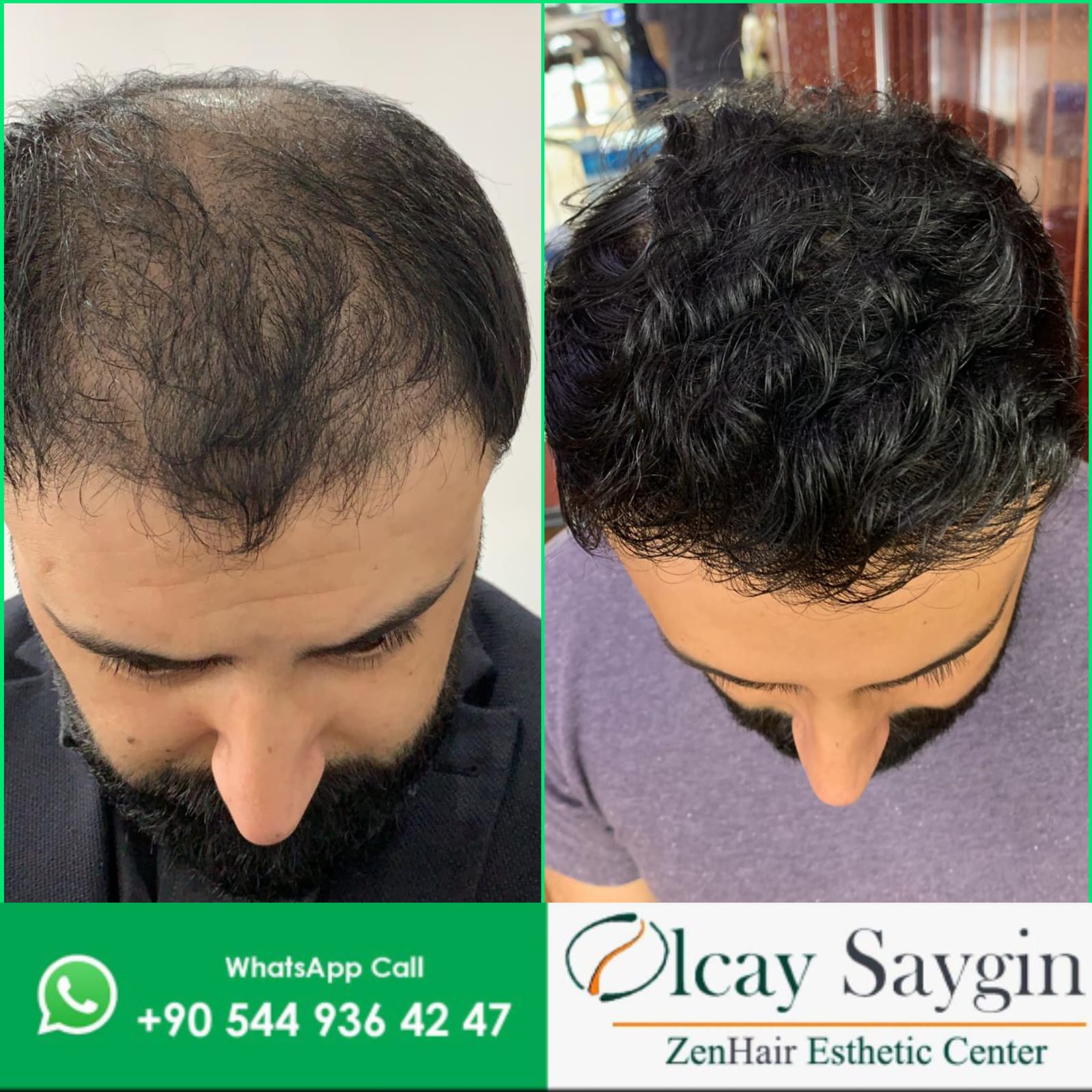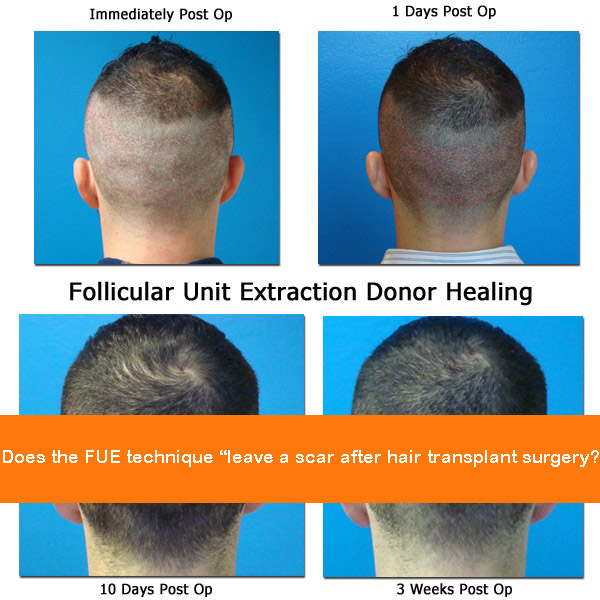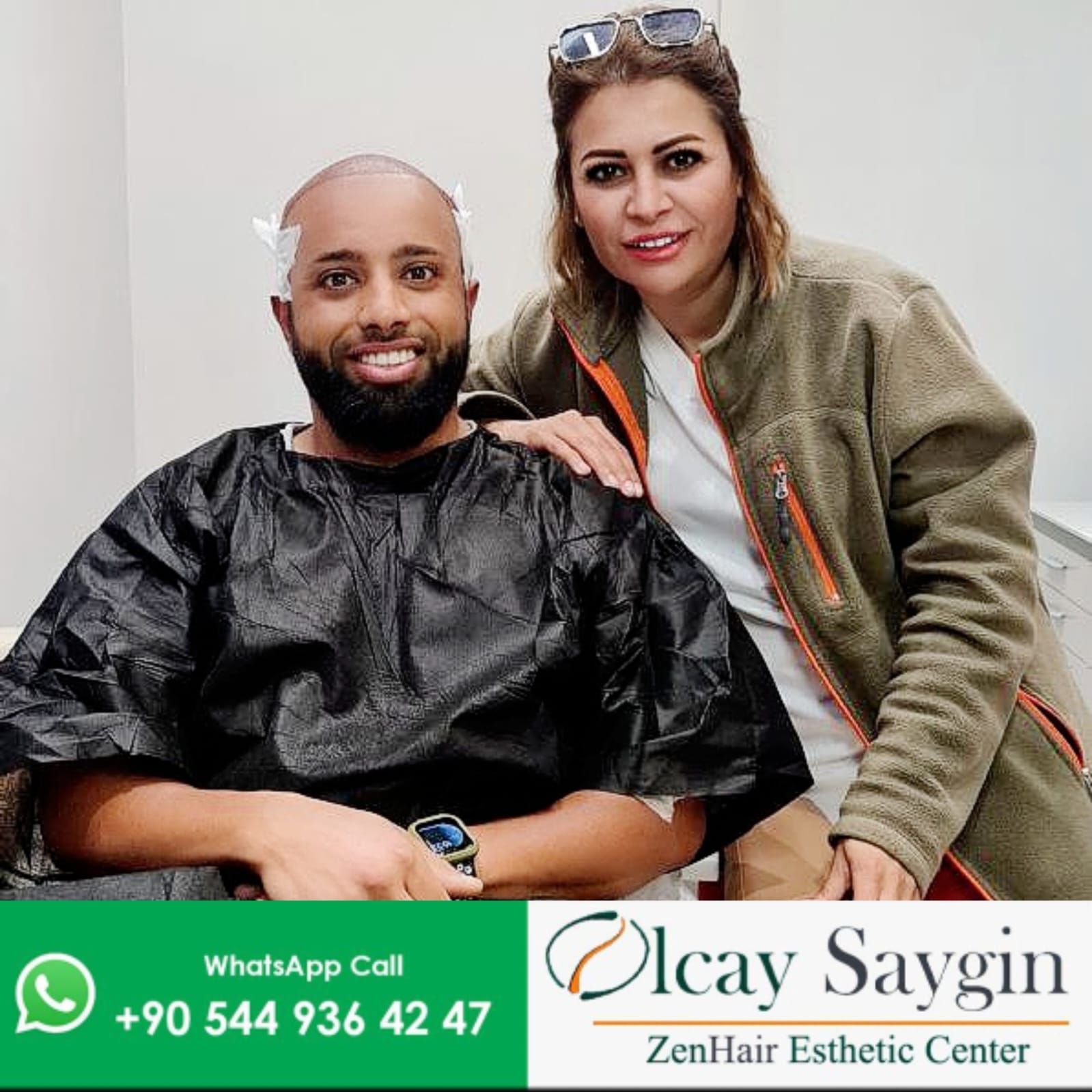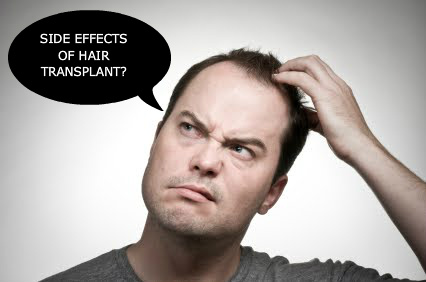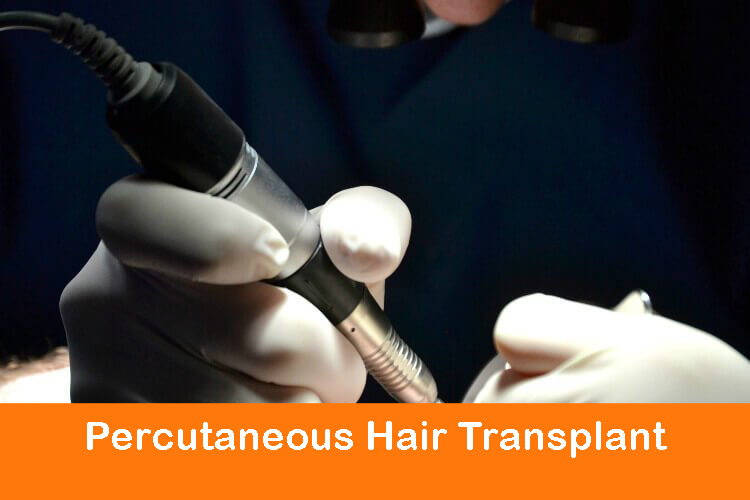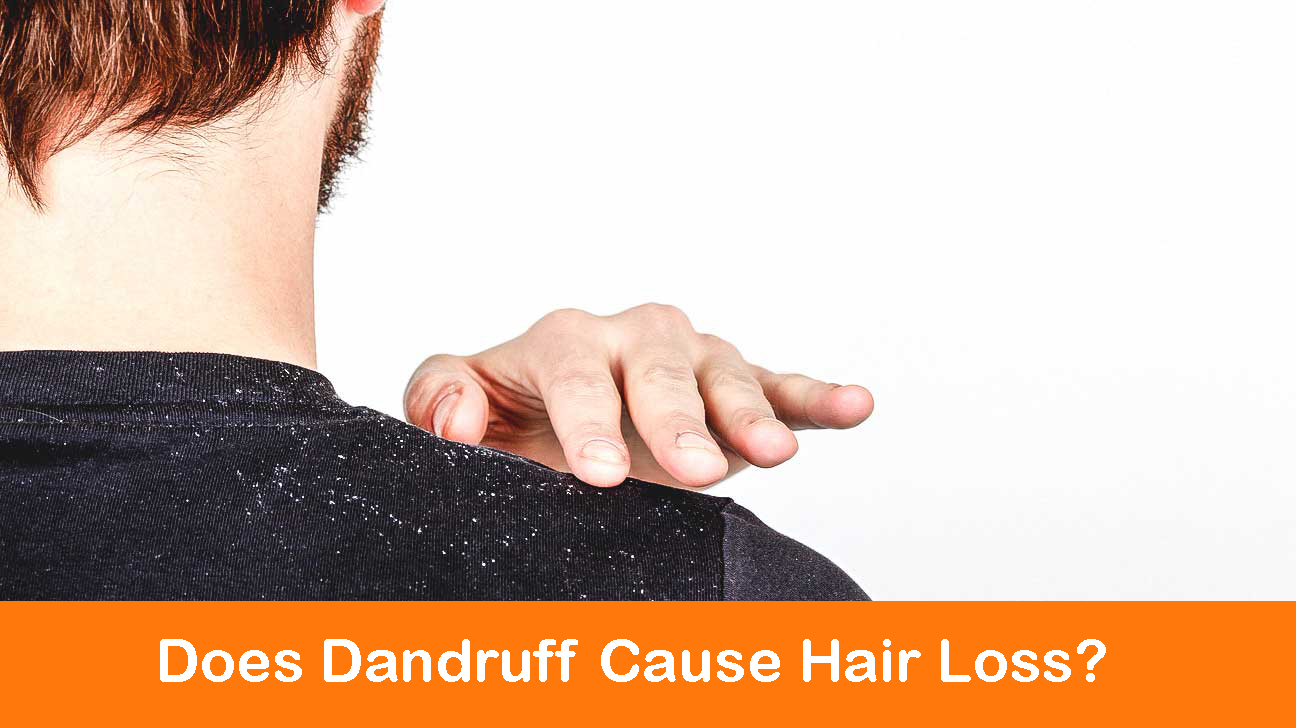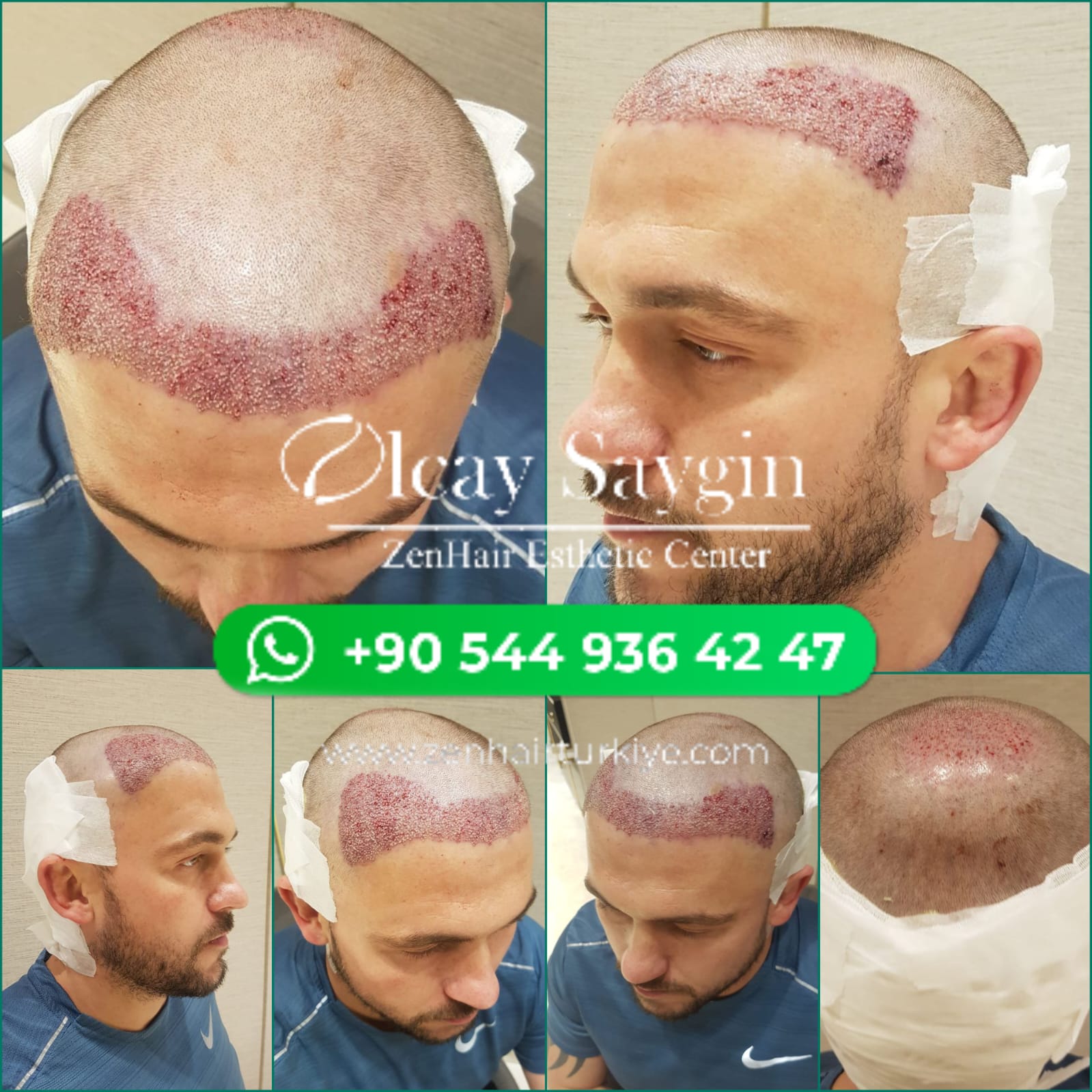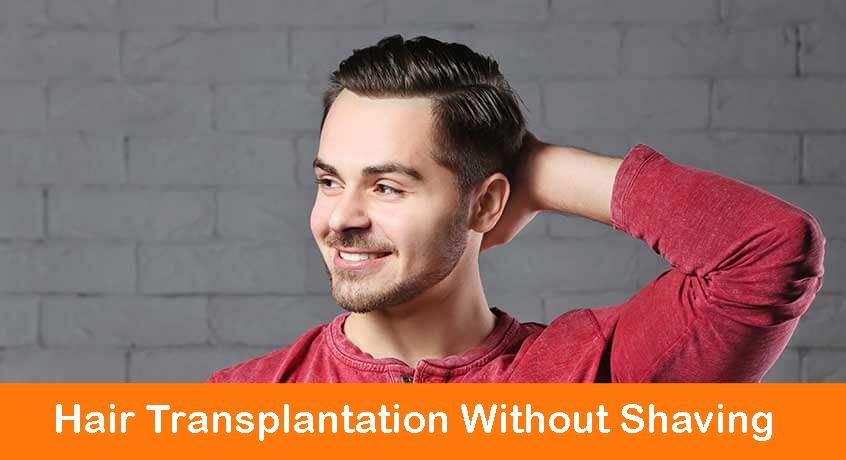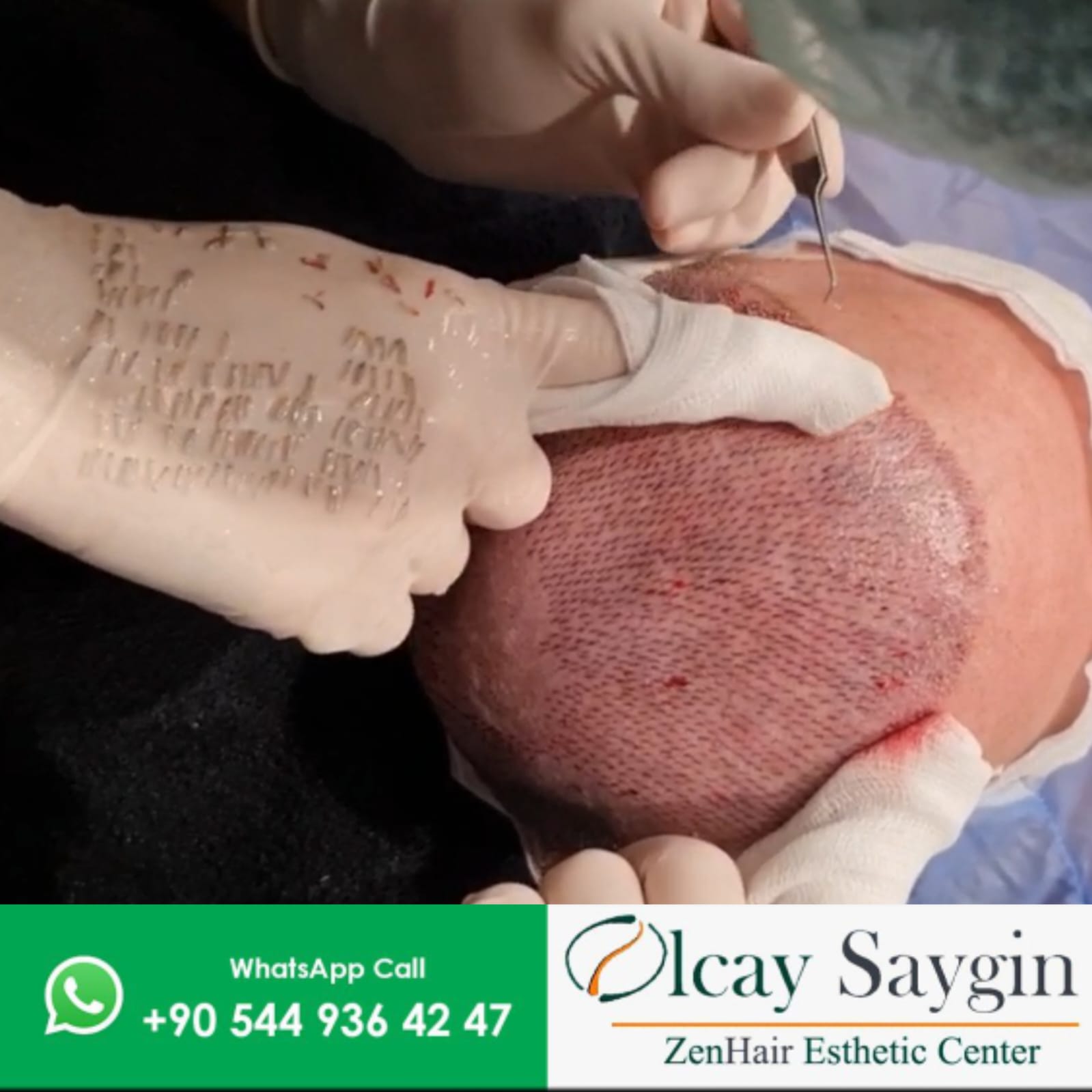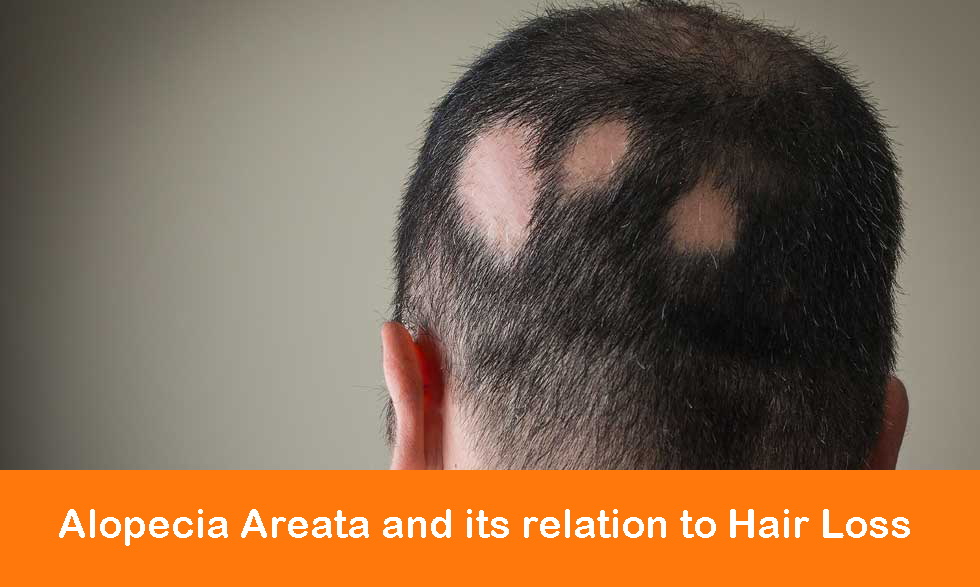What is The Beard Hair Transplant ?
Beard hair transplant is a procedure which restores hair to areas where facial hair growth is thinning or missing. While this procedure is most commonly performed on the goatee and moustache areas, it can also be performed on sideburns and cheeks. Beard hair transplants can also be used to conceal acne scars and other types of scars.
Loss of beard hair may occur for so many reasons. It can be the result of genetics, laser hair removal, electrolysis, surgery or burns and injury. Goals for this procedure can vary from a minor filling in or thin coverage of a limited area to the full restoration of a thick, full goatee or beard. The procedure can be performed on areas where there is no hair or on areas where hair growth is thin and more density is desired.
The grafts number may vary from one person to another but average are as follows: 400-600 grafts for the moustache, 650-800 grafts for a full goatee, 250-350 grafts for each sideburn, and 400-800 grafts for a cheek beard. While not very common, some patients may need a second session to transplant more grafts if they desire a more dense and thick beard.
Just as with the head hair transplant, the donor area for a beard hair transplant comes from the back or sides of the scalp. Which side is used typically depends on which offers the closest match to the facial hair; sometimes it’s the back of the scalp while other times it’s the sides of the scalp. Once transplanted, the hairs are permanent and typically grow just like beard hair with similar texture and other characteristics. Furthermore, the transplanted hair can be shaved just as you would any other beard hair.
In our clinic, we usually use grafts containing one and sometimes two hairs in order to achieve the most natural appearance. We’re also careful to place the grafts at the exact correct angle and direction and in the case of grey hair, we will even go so far as to aesthetically distribute any existing grey hairs into the restored areas. To minimize scarring, We use all-microscopically dissected grafts that can be placed in the smallest possible incisions.
Procedure and Recovery:
This process is usually performed under local anaesthesia with an oral sedative, depending on the patient’s desire. Lasting 2 to 5 hours, it is essentially painless, as is the recovery period. For the first 5 days after the procedure, tiny crusts may be found around each transplanted hair, and the transplanted area must be kept absolutely dry.
By the second day, patients are able to travel home and resume non-strenuous activities, however, the face will look like something was done for at least the first 3 to 4 days. Sutures that are placed in the donor area are dissolvable so there is no need to return to the clinic for removal.
The transplanted hairs fall out at around 2 weeks, then start to regrow at 3 months, where they will continue to grow for a lifetime.
Risks and Results :
There are few risks with the procedure, and most are those associated with standard hair transplants. The donor site incision typically heals as a 2mm or narrower incision is usually done, easily concealable with hair that is cut with anything longer than a razor with a #2 or #3 guard. Some patients choose to avoid a linear donor site incision altogether, preferring to have the grafts obtained by the follicular unit extraction technique.
You can make an appointment or take a free consultation by our clinic’s e-mail or contact these numbers: 00905449364247 – 00905332124442


